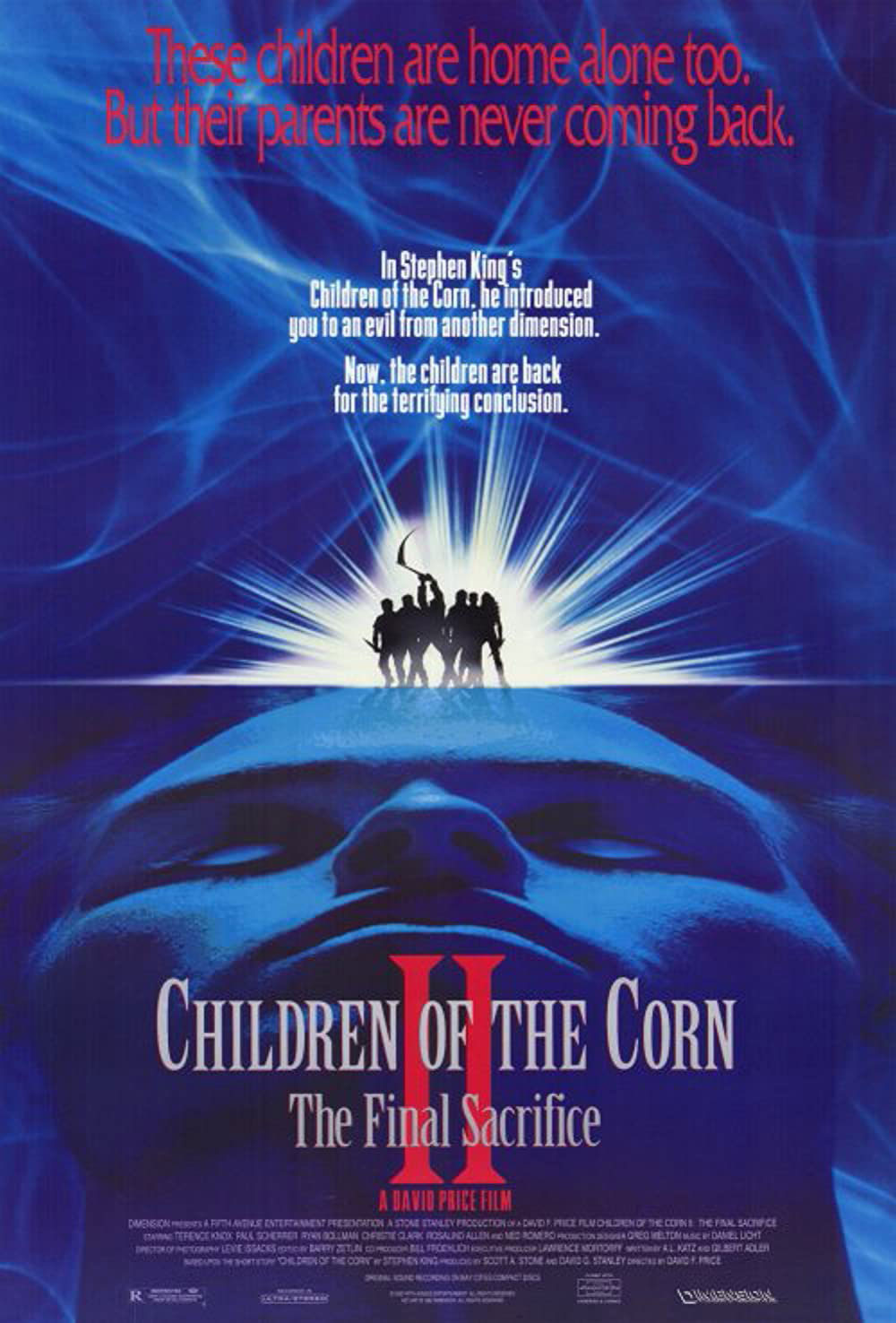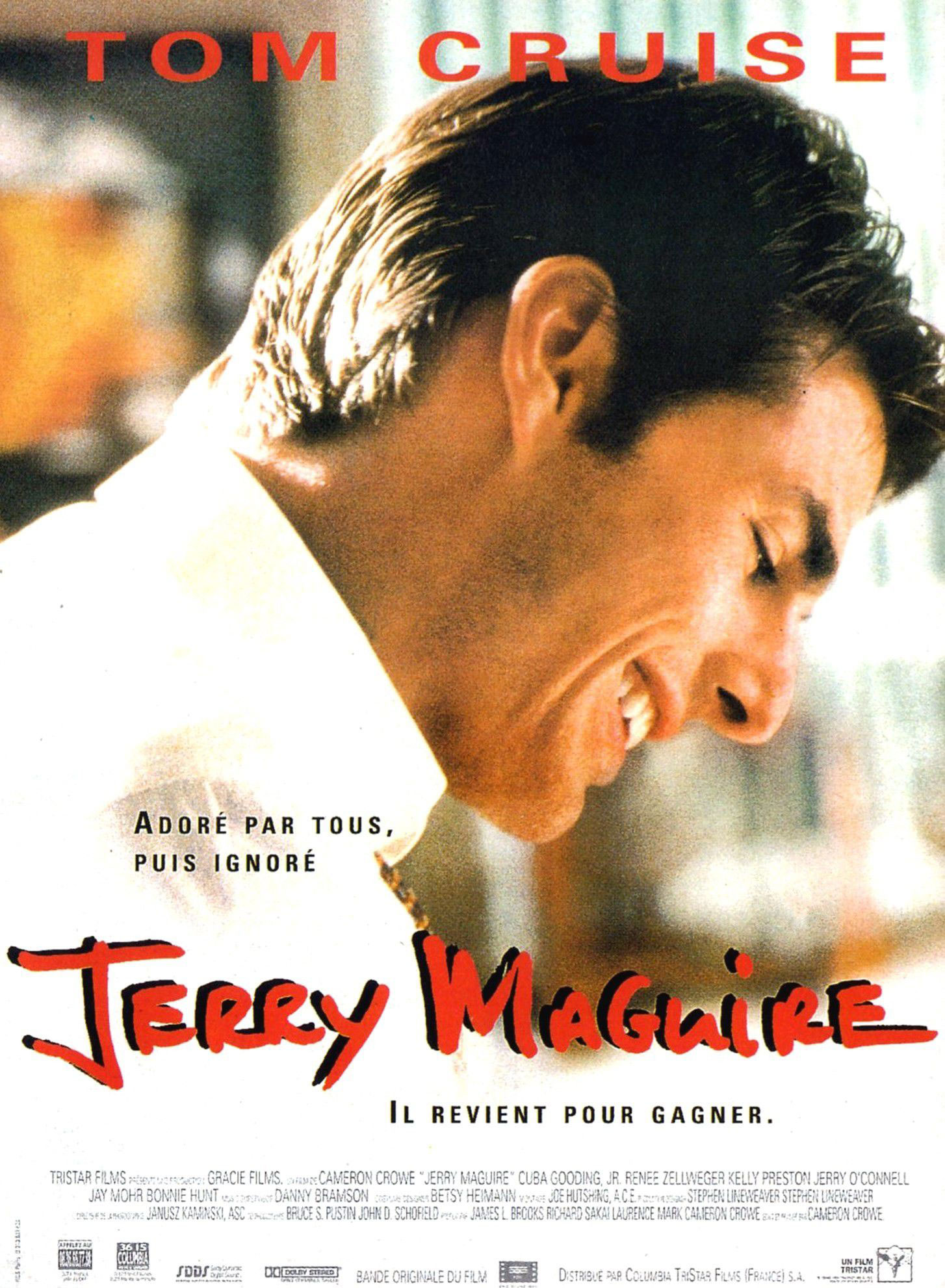Leave it to Lucio Fulci to make a haunted house flick with lots of gore. Whereas countless filmmakers have used spooky ghosts as an unseen menace, to varying effect, Fulci decided to stick with what he knew, and he knew gore. He also knew convoluted storytelling.
From 1981, Fulci directed The House by the Cemetery from a screenplay by Dardano Sacchetti, Giorgio Mariuzzo, and Fulci, himself. The movie follows the Boyle family: college professor Dr. Norman Boyle (Paolo Malco); his wife, Lucy (Catriona MacColl); and their young son, Bob (Giovanni Frezza). Fair warning to all potential viewers — Bob is a chore. Missile Test has made it clear how we feel about the talents of child actors, but in this instance, Frezza gets a pass. It’s the awful dubbing that does the most to make Bob one of the more annoying movie children one will see. Anyway… Continue reading “The House by the Cemetery, aka Quella villa accanto al cimitero”

 It was a bold decision by the producers of the second Children of the Corn movie to place the word “Final” in the subtitle. Most horror series defer that kind of certitude until the fourth movie, at least. Perhaps they never envisioned that their property would ramble on as a direct-to-video franchise, and this flick was supposed to be a one-shot deal. After all, Children of the Corn II: The Final Sacrifice was released in 1992, eight years after the first film. That pace is a little sluggish if one is looking to spawn a franchise of shitty horror movies. Anyway…
It was a bold decision by the producers of the second Children of the Corn movie to place the word “Final” in the subtitle. Most horror series defer that kind of certitude until the fourth movie, at least. Perhaps they never envisioned that their property would ramble on as a direct-to-video franchise, and this flick was supposed to be a one-shot deal. After all, Children of the Corn II: The Final Sacrifice was released in 1992, eight years after the first film. That pace is a little sluggish if one is looking to spawn a franchise of shitty horror movies. Anyway… Cameron Crowe has made a number of films of note. His films consist of entertaining, escapist, happy storytelling that has about as many sharp edges as a bowl of jello. He made the type of films that challenge no assumptions, and throw in just enough emotion to tug on the heartstrings. The worst part about this is not all the squishiness, but the fact the only reasons his films arouse any emotional responses at all is because they are manipulative, reducing human emotion to a formula. Crowe doesn’t evoke emotions in a viewer — he extracts them.
Cameron Crowe has made a number of films of note. His films consist of entertaining, escapist, happy storytelling that has about as many sharp edges as a bowl of jello. He made the type of films that challenge no assumptions, and throw in just enough emotion to tug on the heartstrings. The worst part about this is not all the squishiness, but the fact the only reasons his films arouse any emotional responses at all is because they are manipulative, reducing human emotion to a formula. Crowe doesn’t evoke emotions in a viewer — he extracts them.